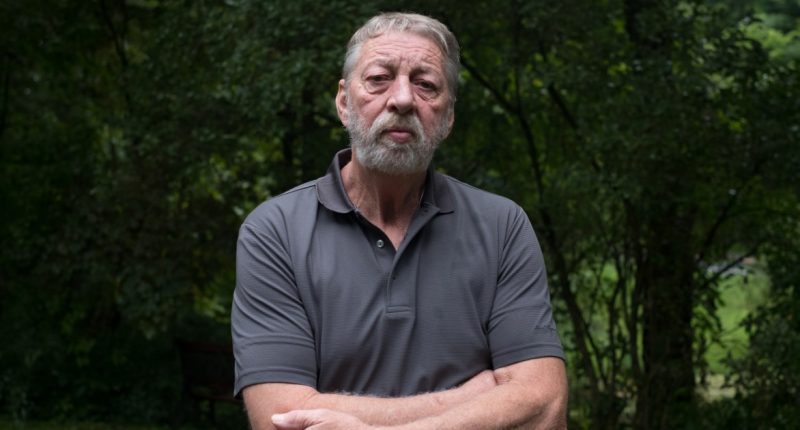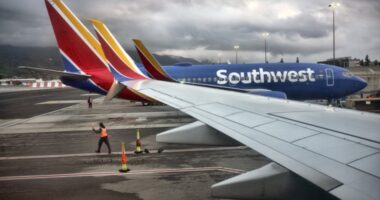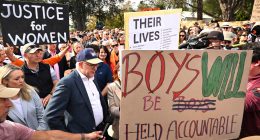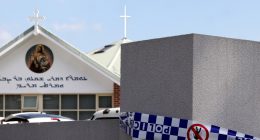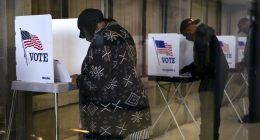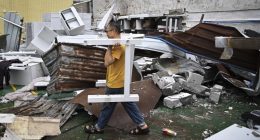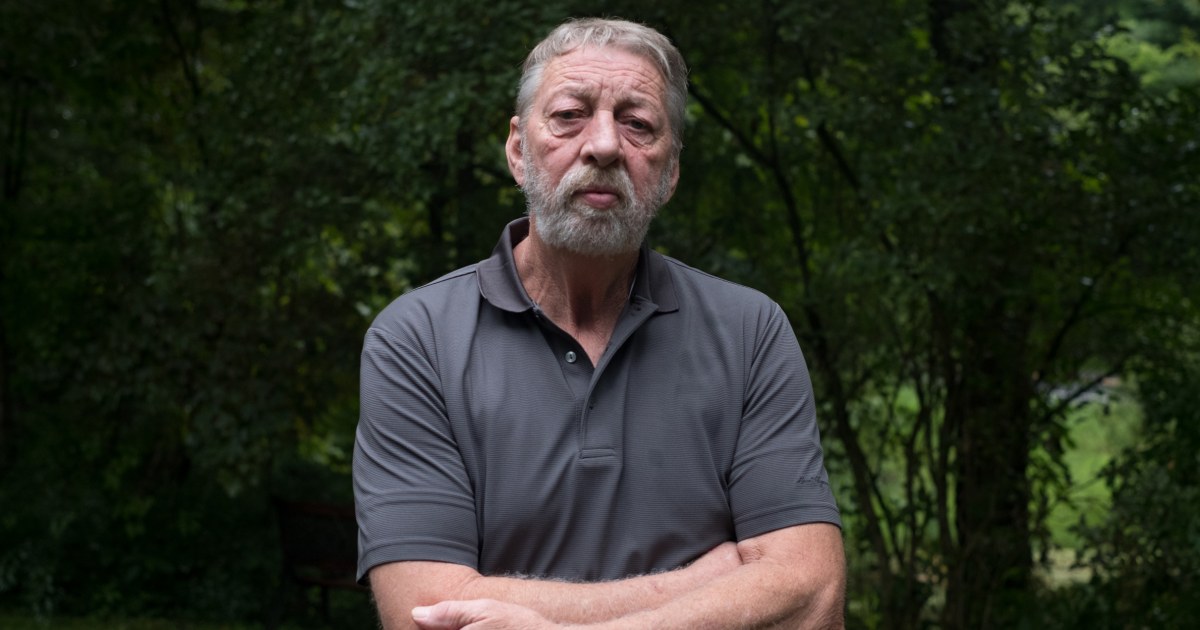
Brownell was diagnosed in 2001 with non-Hodgkin lymphoma, a cancer that forms in the white blood cells and affects parts of the body’s immune system. It is considered a presumptive disease, meaning Brownell doesn’t have to submit a radiation dose estimate. But Brownell said he hasn’t yet received a response from the VA to a claim he filed in January.
Brownell said that when he got to Enewetak in 1977, the equipment used to conduct radiation checks wasn’t initially available. And by the time it arrived, he said, most of it was faulty.
“We can’t prove that we were exposed in any way,” he said.
The VA said that for cases in which veterans believe faulty or unreliable equipment was used to measure radiation doses, it considers “additional facts,” including personal testimonials.
It’s unclear whether the total number of VA-approved claims included any of those cases.
The VA said the denials in the first year of the PACT Act mostly came when the agency couldn’t establish that the claimed conditions were clinically diagnosed, that they were the result of veterans’ service or that they met the criteria for approval.
In a statement, the VA said that it is “committed to providing all radiation-exposed veterans with the health care and benefits they deserve” and that it is “actively studying” their conditions and grant rates.
Meanwhile, the population is only getting older, with the youngest atomic veterans now being 60 years old, according to the National Association of Atomic Veterans, a nonprofit advocacy group. The oldest known survivor is nearly 101.
“Time is not on their side,” Titus said.
A shrinking number of atomic veterans
There are more than 552,000 radiation-exposed veterans in the Defense Threat Reduction Agency’s database, said a spokesperson for the agency. About 46,000 of them have died, the agency said.
Historically, the government defined “atomic veterans” as former service members who were prisoners of war in Japan, as well as those who served in the post-World War II occupation of Hiroshima and Nagasaki and veterans who participated in atmospheric nuclear weapons tests. Those groups were eligible for benefits.
Leo Feurt, a Navy veteran, still remembers seeing the bones in his arms and hands through his skin, as if in X-ray images, every time he witnessed the detonations of 28 atomic bomb tests in 1958.
“We looked like a bunch of skeletons,” said Feurt, 85. “There was no color in anything. Everything was black and white.”
Feurt said he didn’t have on high-density goggles or protective clothing as he watched detonation after detonation in the Pacific from the flight deck of the USS Boxer. “You just had to cover your eyes and ride it out,” he said.
Last year, the PACT Act expanded eligibility to include veterans who were involved in cleanup efforts at Enewetak Atoll, as well as the cleanup of an Air Force B-52 bomber that crashed carrying nuclear weapons off Palomares, Spain, in 1966.
The new law also included veterans who responded to the fire onboard an Air Force B-52 bomber carrying nuclear weapons in Greenland in 1968.
About 6,000 service members worked at Enewetak Atoll, while nearly 1,500 served in Spain and more than 850 responded to the fire in Greenland, said the VA and the Defense Threat Reduction Agency.
Source: | This article originally belongs to Nbcnews.com
